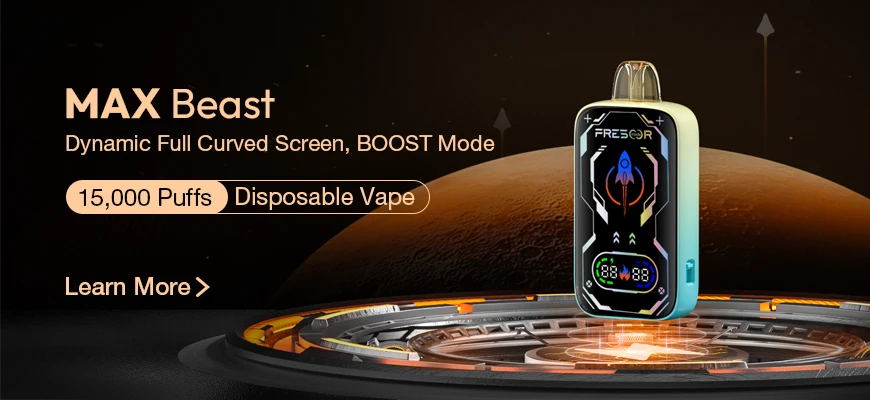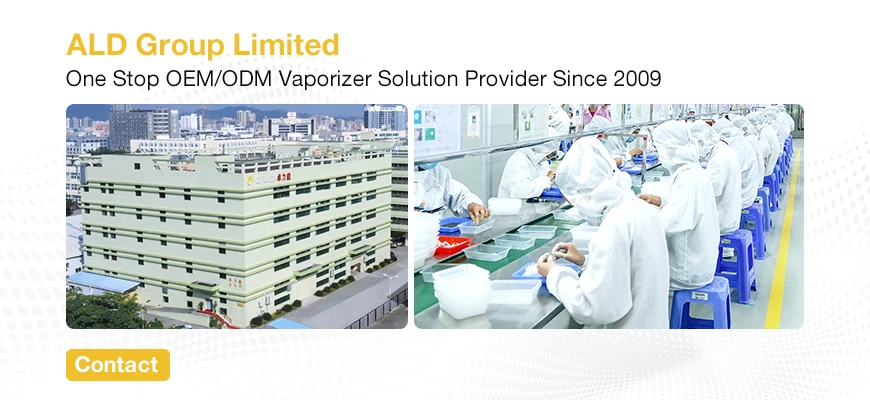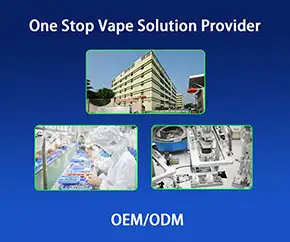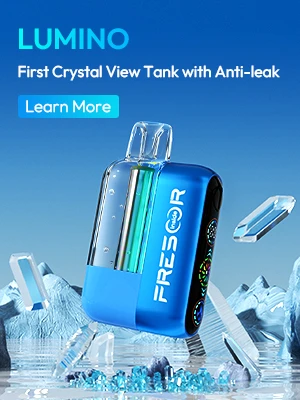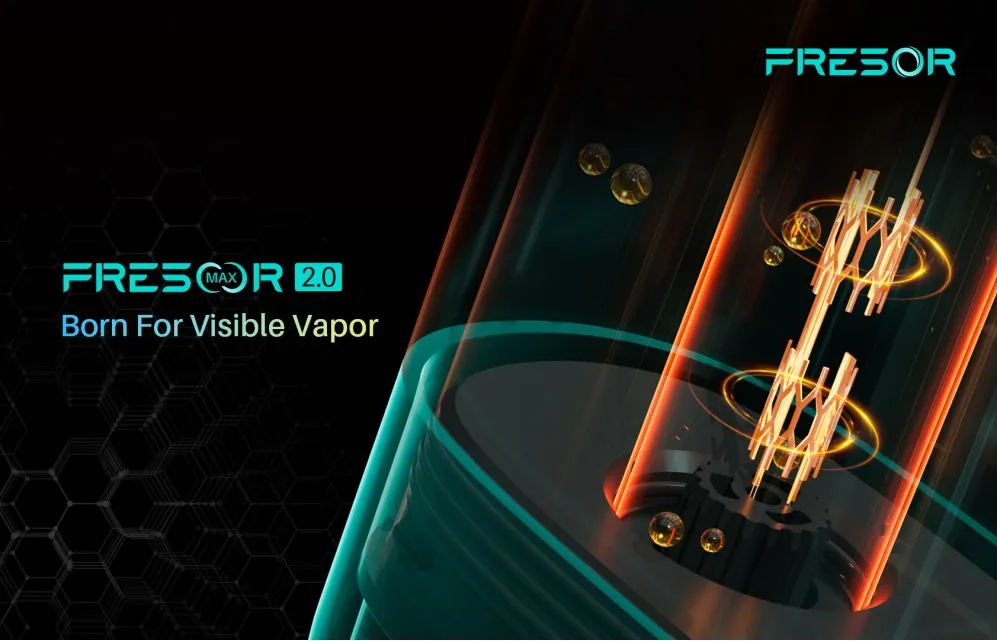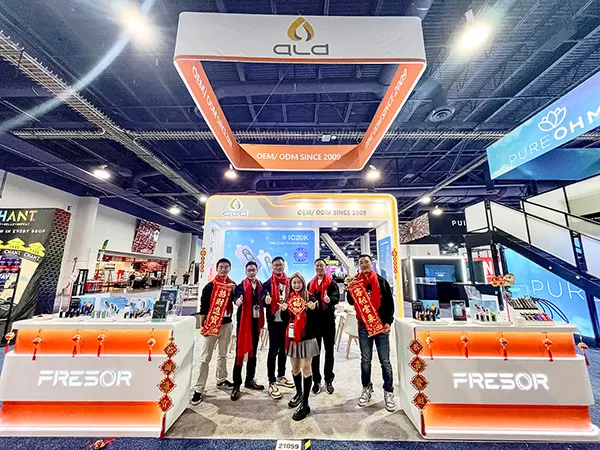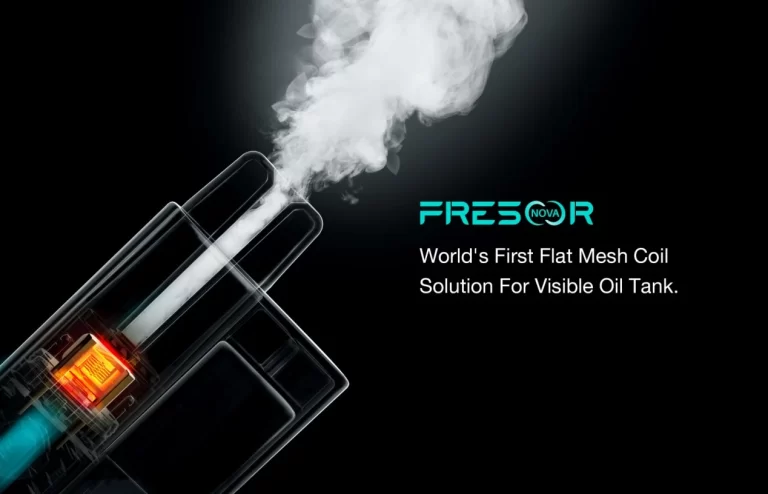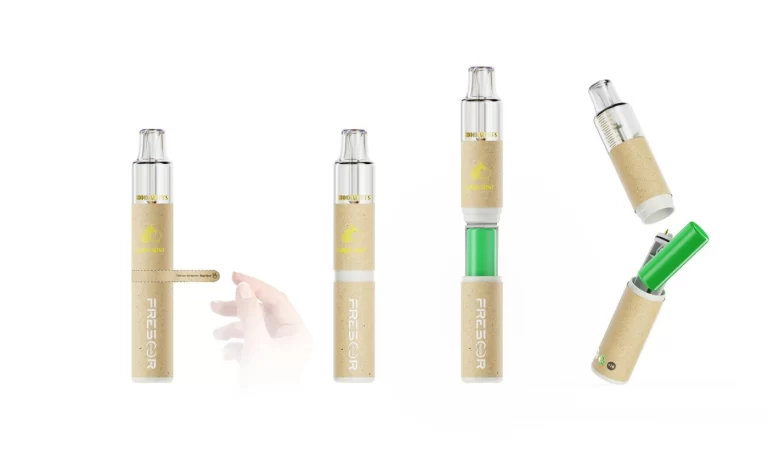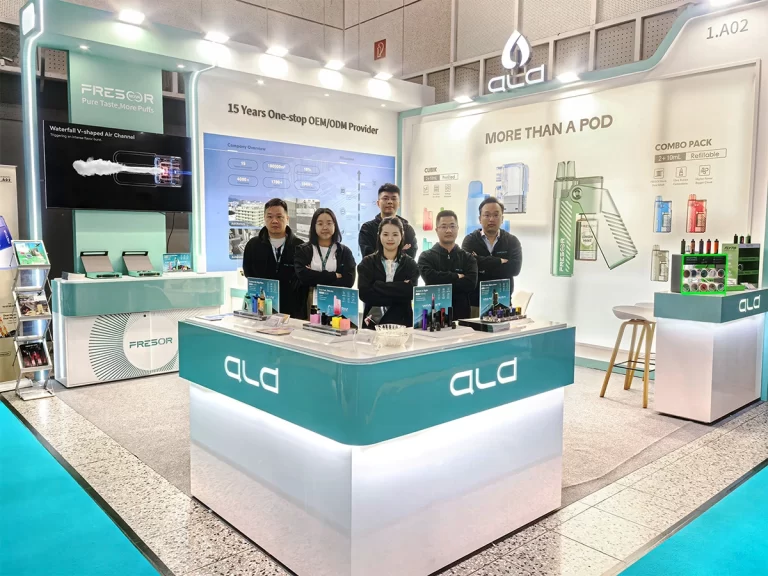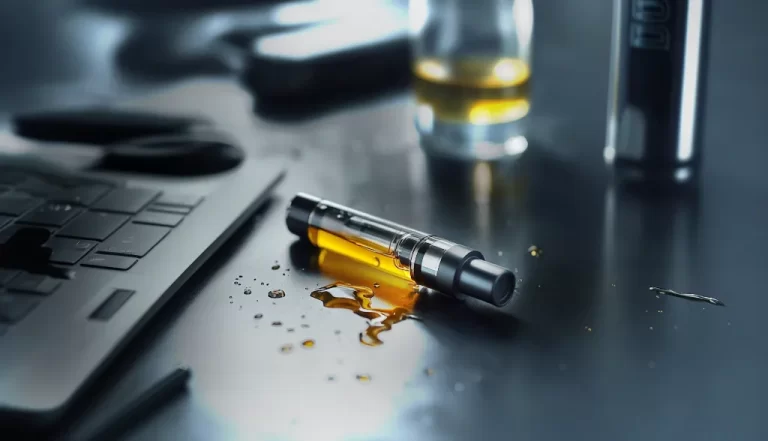Introduction
E-cigarettes outer shells play a crucial role in both aesthetics and functionality. Understanding the common materials used and the development process for these e-cigarette plastic shells is essential for manufacturers and consumers alike.
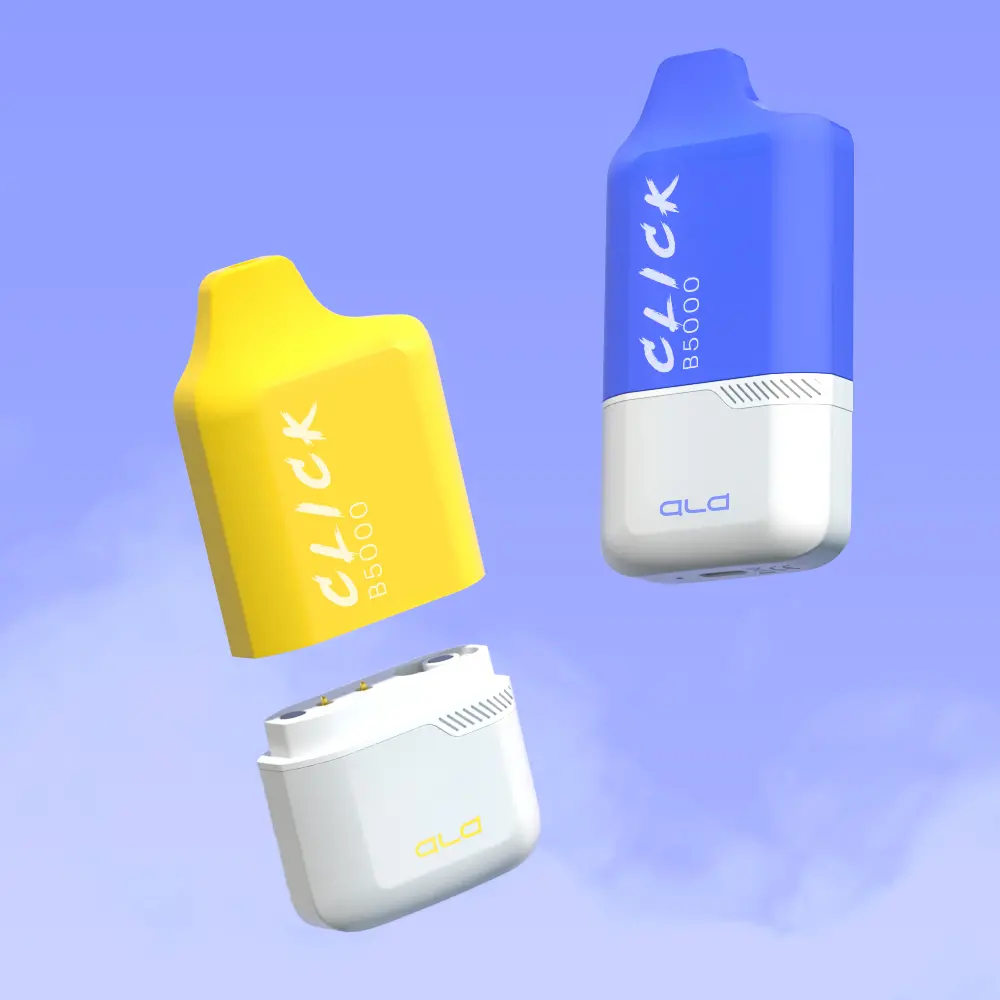
Common materials for e-cigarette plastic shells include ABS plastic, PC polycarbonate, and PCTG. ABS plastic is resistant to chemical corrosion, heat-resistant, has high elasticity and toughness, good processing performance, and relatively low cost, making it suitable for making vape device shells.
PC plastic has high transparency, strong impact resistance, heat resistance, and is suitable for products with transparent or translucent shells. PCTG materials are widely used in various parts of electronic cigarettes due to their safety, transparency, toughness, and high temperature resistance.
The processing technology of shells includes design and development, mold making, injection molding, post-processing, assembly, and packaging. These steps ensure that the appearance and performance of the product meet high standards.
I. Common types of materials for e-cigarette plastic shells
1. ABS
ABS plastic is a ternary copolymer of three monomers, acrylonitrile (A), butadiene (B), and styrene (S), and the relative content of the three monomers can vary arbitrarily to produce various resins. ABS plastic combines the common properties of the three components: A makes it resistant to chemical corrosion, heat-resistant, and has certain surface hardness; B makes it have high elasticity and toughness; S makes it have the processing and molding characteristics of thermoplastic plastics and improves electrical properties.
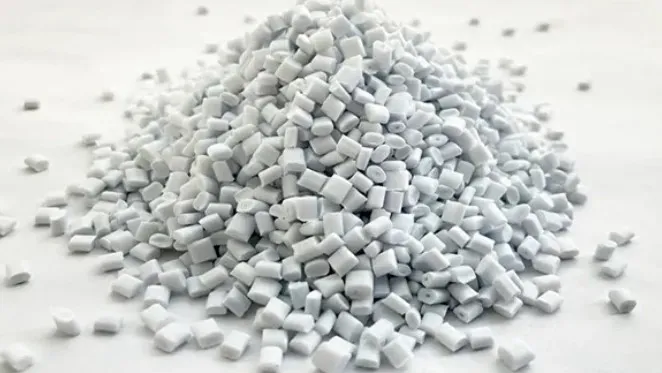
ABS plastic is widely used in e-cigarette shells due to its good mechanical properties, processing performance, and relatively low cost. It has good impact resistance, strength, and high thermal stability.
2. PC (Polycarbonate)
Polycarbonate is a tough thermoplastic resin whose name comes from the -O-C(=O)-O- group inside. It can be synthesized from bisphenol A and phosgene (COCl2). The method now used more is the melt transesterification method (bisphenol A and diphenyl carbonate are synthesized through ester exchange and polycondensation reactions).
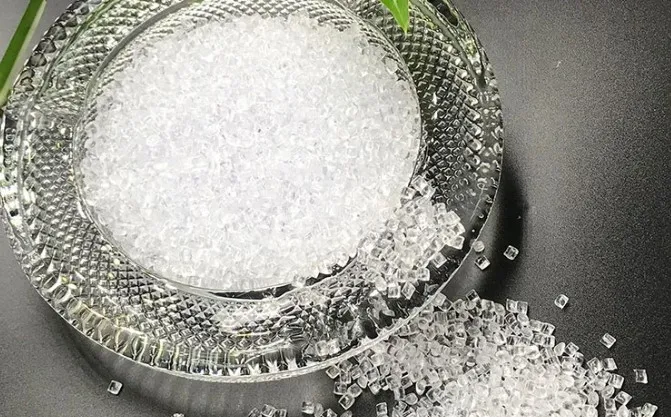
PC plastic has very high transparency and impact resistance, as well as good heat resistance, making it suitable for vape products that require transparent or translucent shells.
3. PCTG
PETG, also known as cyclohexanedimethanol modified copolyester, is a copolymer obtained by replacing part of the ethylene glycol in the PET synthesis process with other diols (comonomers).
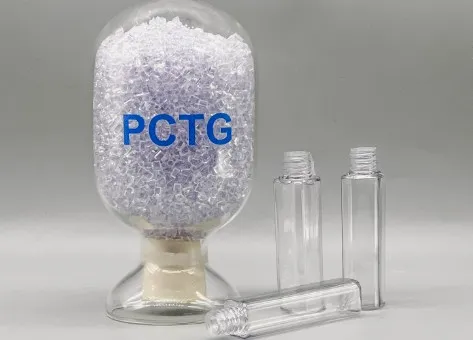
According to the different proportions of comonomer CHDM, further division is made. According to the data, copolyesters with CHDM content greater than 50% are called PCTG, and copolyesters with CHDM content less than 50% are called PETG.
PCTG materials are widely used in oil storage tanks, atomizing tanks, bases, mouthpieces, top covers, and other components due to their excellent properties such as safety, high transparency, good toughness, and high temperature resistance.
II. Development process of e-cigarette plastic shells
It mainly includes the following steps:
1. Design and development:
• 3D modeling: Design the three-dimensional model of the e-cig shell using CAD software.
• Prototype making: Use 3D printing or CNC machine tools to make prototypes for testing and verification.
2. Mold making:
• Mold design: Based on the final product design, carry out detailed mold design.
• Mold processing: Use high-precision CNC machining centers, electric discharge machining (EDM), grinding machines, and other equipment to make molds.
3. Injection molding:
• Material selection: Select suitable plastic materials according to the product requirements.
• Injection molding: Heat the plastic particles to a molten state, then inject them into the mold cavity, and cool and solidify under high pressure to form.
• Demolding: Remove the molded plastic shell from the mold when it cools to a certain extent.
4. Post-processing:
• Deburring: Remove burrs and flash generated during the molding process.
• Polishing and polishing: Polish and polish the surface of the shell to achieve the required smoothness.
• Painting and coloring: If specific colors or textures are required, the shell can be painted or colored.
• Printing: Add patterns, logos, or text to the shell through screen printing, pad printing, or digital printing.
5. Assembly:
• Assembly: Assemble the plastic shell with other components of the e-cig (such as batteries, atomizers, circuit boards, etc.).
• Quality inspection: Conduct functional and quality inspections on the assembled vapes.
6. Packaging:
• Final inspection: Perform final quality and functional checks before packaging.
• Packaging: Pack according to product requirements for storage and transportation.
These steps may vary depending on the specific product design and manufacturer’s process. For example, some shells may require additional processing such as laser engraving, heat transfer printing, water transfer printing, or special surface coatings. High-quality vapes typically require precision molds and fine processing techniques to ensure that the appearance and performance of the product meet high standards.
Conclusion
The choice of materials and the meticulous development process ensure that e-cigarette plastic shells meet high standards of quality, performance, and aesthetics. Manufacturers rely on these processes to deliver durable and visually appealing products to consumers in the rapidly evolving vaping industry.
By adhering to these best practices, both manufacturers and consumers can navigate the electronic cigarette market with confidence, knowing the importance of material selection and development processes in ensuring product excellence.

